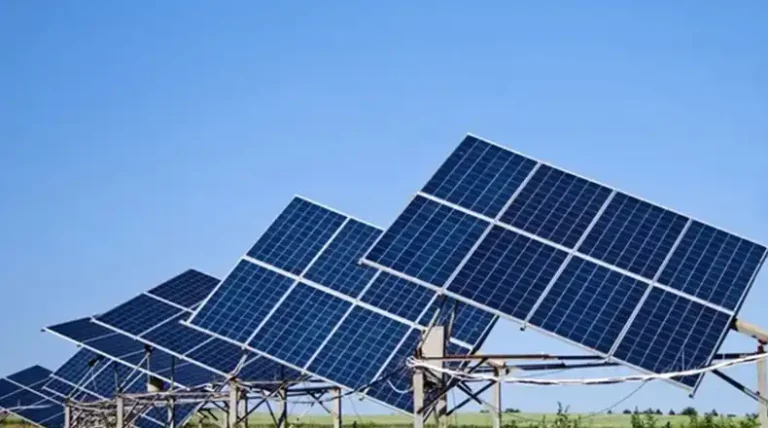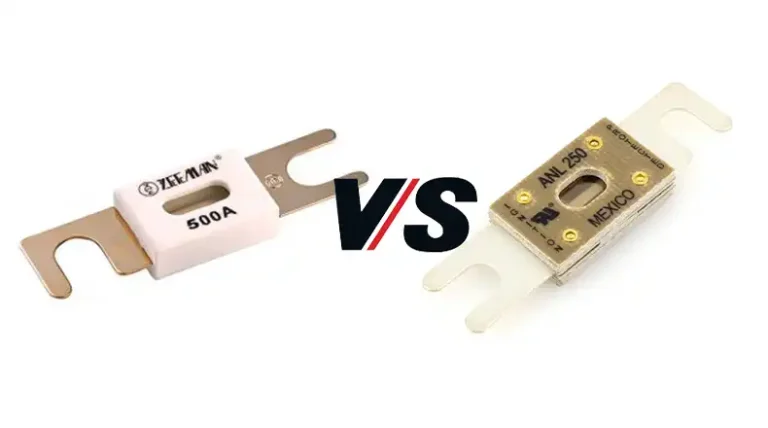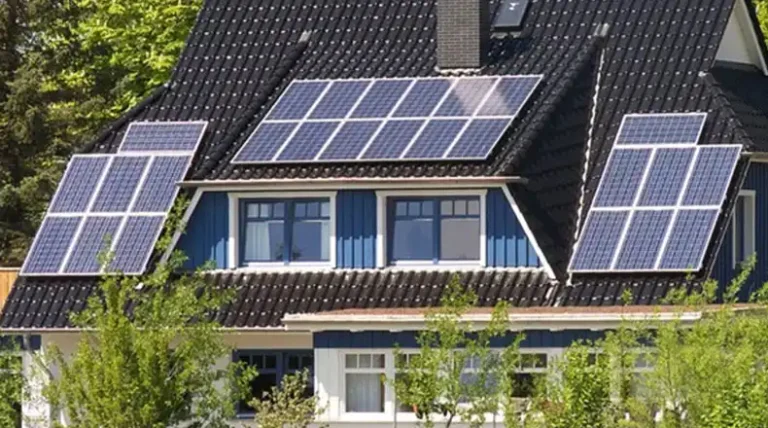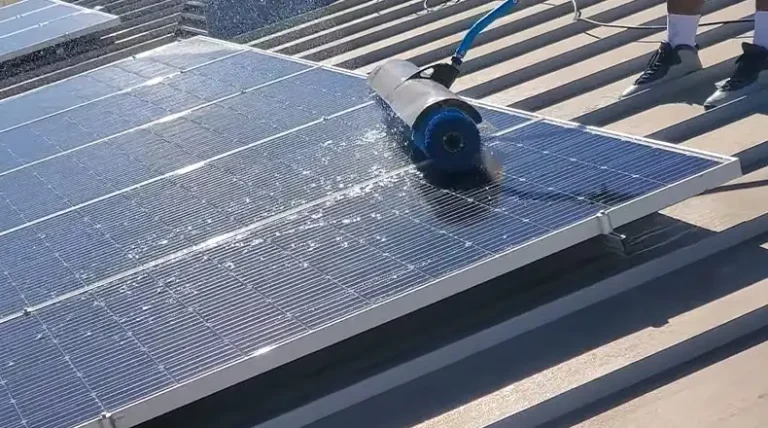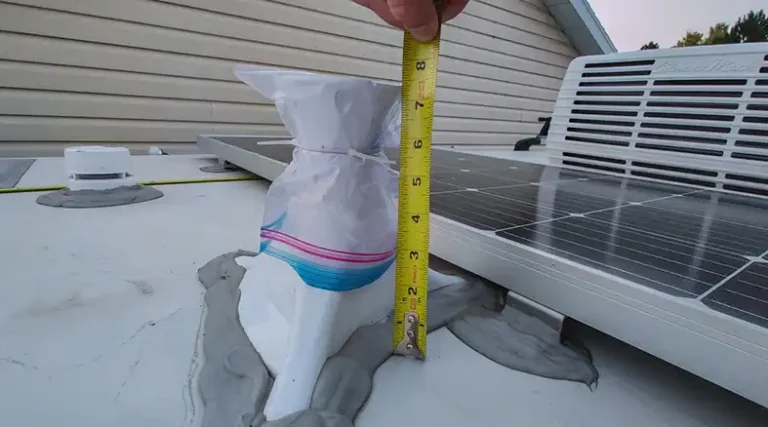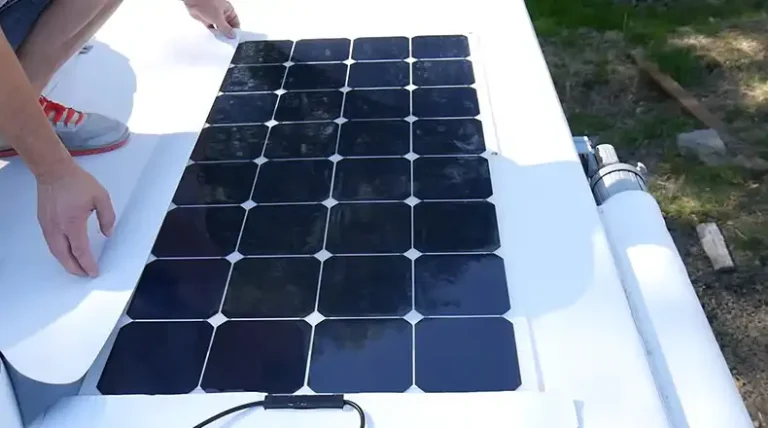Can You Connect Different Wattage Solar Panels Together? Is It Safe?
Solar panels, also known as photovoltaic (PV) panels, convert sunlight into electricity. They come in a range of wattage ratings, usually from 30W to 400W for residential systems, which indicates the nominal power they can produce under ideal test conditions. Within a solar array, panels are typically matched by wattage to optimize the electrical connections and system output. However, there may be certain situations where you would want or need to combine solar panels with different wattages, which is possible if done carefully. So, if you’re interested in doing so, you’re welcome. Stick to the post till the end and find out everything you need to know about this.
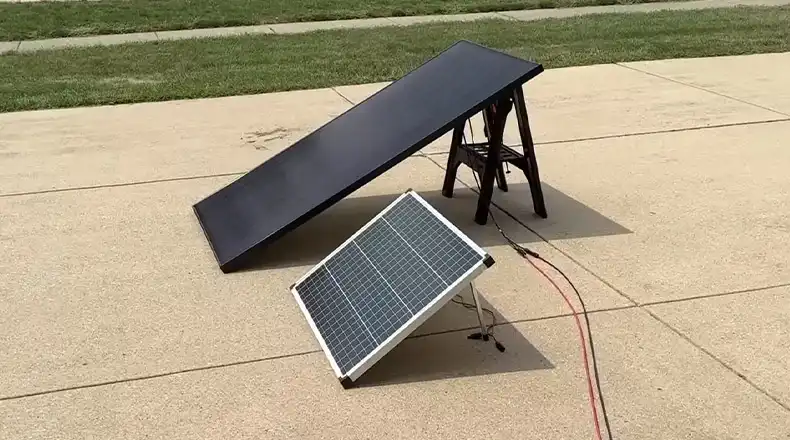
Why Might You Want to Connect Different Wattage Solar Panels Together?
There are a few scenarios where combining solar panels with different wattages can make sense —
Expanding an existing solar panel system
Adding panels of varying wattages can allow you to work within space or budget constraints when expanding your solar array. For example, you may find a good deal on 260W panels when your original system uses 250W panels. Rather than pass up the deal, you can incorporate the 260W panels.
Limited roof space
If you have limitations with your roof area or layout that prevent adding more of the same solar panels, lower or mixed wattage panels may allow you to expand capacity. The overall system output would be reduced, but you’d gain more production than not adding panels at all.
Upgrading over time
Over many years, solar panel efficiency tends to increase while prices decline. Upgrading part of your older system with new, higher-wattage panels allows upgrading in stages rather than all at once.
Things You Need to Consider Before Combining Different Wattage Solar Panels
While connecting varied solar panels can be done, there are caveats to keep in mind —
a) Series connection output will be limited to the wattage of the lowest panel. So a 250W panel paired with a 300W panel will produce no more than 250W combined.
Solar panel voltages must match to properly connect together, so check voltage ratings before connecting panels. Most panels will be either 12V or 24V nominal.
b) Wiring configuration is important – panels can be linked in series or parallel depending on the system voltage and amperage requirements.
c) Careful planning is needed to maximize output when mixing and matching solar panels. Do your homework to understand the electrical constraints before creating a mixed-wattage system.
How to Connect Different Wattage Solar Panels?
You’ll need to choose between wiring the solar panels in series or in parallel. Here are the guidelines for each configuration —
Series Wiring
Step 1: Panels are daisy-chained together, with the positive terminal of one panel connected to the negative terminal of the next panel. This increases the voltage while the current stays the same.
Step 2: Well-suited for small, 12V battery charging setups like RVs, boats, sheds, etc.
Step 3: Mismatched wattages limit the system output to the lowest wattage panel.
Parallel Wiring
Step 1: The positive terminals of all panels are connected together, as are the negative terminals. This keeps voltage consistent while increasing current.
Step 2: Works well for larger systems with 24V, and 48V batteries or grid-tied inverters, which require higher currents.
Step 3: Allows panels of varied wattages to contribute proportional outputs based on their individual wattage rating.
Blocking diodes are recommended when connecting panels of different wattages to prevent reverse current flow issues between the disparate panels. Wire gauge should also be sized appropriately for the combined amperage capacity.
Follow electrical code requirements and utilize solar-specific wiring and components for reliable connections. Consult with a solar professional as needed for more complex mixed-wattage installs.
Pros and Cons of Connecting Different Wattage Solar Panels
Potential Advantages:
- Make use of available space by fitting more total wattage capacity.
- Upgrade systems gradually over time.
- Incorporate discounted or secondary market solar panels.
- Achieve partial output even if some panels are shaded.
Likely Drawbacks:
- Overall system output is constrained to lower wattage panels (when in series).
- More complex wiring and analysis to implement properly.
- May require equipment upgrades like a larger inverter.
- Higher metaphoric losses from the mismatch between panels.
So while combining different solar panels can add capacity in certain situations, the disadvantages mean that identical, uniformly oriented panels are most efficient.
Real-World Example of Mixing Solar Panels with Different Watts
To make a mixed-wattage solar system more concrete, here are two examples —
Mixing 250W and 300W panels in a series string
If wired in series, the greatest output would be limited to 250W – the lower rating of the panels. You might do this to have a 36V nominal system on a boat, for instance. With 8 panels total (4 x 250W, 4 x 300W), you’d have:
a) 36V String (4S x 2P)
b) 1000W Total Panel Rating
c) 250W Maximum Output (limited by lower wattage panel)
Adding 80W panels to an existing 100W system
For a small off-grid cabin system, an additional 80W panels could be added in parallel to supplement an existing 100W solar array. The 80W panels would contribute proportionally less power but do add to the total output. For example, adding two 80W panels to a 100W panel would result in:
a) 12V System
b) 100W + (2 x 80W) = 260W Total Panel Rating
c) 260W Maximum Power Point (limited by battery/charge controller)
So while the 80W panels produce less than the 100W panel individually, together they generate more total electricity.
What Else Affects Your Solar Panel Output?
While solar panel wattage rating is important, other factors impact production —
Sunlight strength: Based on geography, climate, weather patterns, etc.
Panel orientation: Tilted at latitude angle in the northern hemisphere for optimal annual exposure.
Shading: Even minor partial shading can drastically cut solar panel output.
Temperature: Production decreases as panel temperature increases.
Dirt/dust/debris: Keep panels clean for maximum production.
Inverter compatibility: Grid-tied inverters must be sized appropriately.
Battery capacity: For off-grid systems, the battery bank limits total energy storage.
So panel wattage cannot guarantee production on its own. Proper solar design, installation, and maintenance are key to maximizing your solar array output over the long term, regardless of chosen panel wattages.
Common Mistakes That You Should Avoid
Common mistakes to avoid when connecting different wattage solar panels include – connecting completely mismatched voltages which can damage equipment, failing to use blocking diodes that prevent reverse current flow between the unequal panels, and overloading the charge controller by exceeding its rated capacity for the combined array wattage resulting in system issues or shutdowns. It is critical to follow all electrical code requirements, oversize components to leave room for future expansion as needed and utilize the services of qualified solar professionals for guidance on more complex mixed-wattage installation scenarios.
Alternative Option: Microinverters
An alternative option to explore instead of mixing and matching solar panels is connecting each panel to an individual microinverter; microinverters maximize energy output by optimizing the performance of every solar panel rather than broader system-level limitations, avoid drastic drops when panels are partially shaded, and while costing more upfront can potentially pay for themselves over time through increased production which helps overcome typical cost barriers. Microinverters allow truly custom arrays with no constraints around mixing and matching solar panels in terms of wattages, brands, ages, etc. The optimized granular production may be worth the price.
Conclusion
Connecting different wattage solar panels is certainly possible but does require some special considerations compared to uniform wattage array setups. Following proper electrical guidelines, selecting appropriate wiring configurations, installing blocking diodes, and oversizing the balance of system equipment will allow the creation of customized mixed solar arrays tailored to your particular needs and constraints. While mixed wattage panels may not generate quite as much as a perfectly matched system, the flexibility can make the tradeoff worthwhile in many circumstances. Consult with solar experts to determine if and how to best incorporate varied solar panels to accomplish your renewable energy goals.
Relevant Questions
Can I add higher-wattage panels to my existing system?
Yes, higher wattage panels can often be incorporated as long as the electrical constraints are addressed, such as matching voltage, sufficient wire gauge for higher ampacity loads, and proper sizing of charge controllers, fuses, circuit breakers, and inverters. Consult an expert to determine the requirements.
What happens if I wire panels in parallel incorrectly?
Wiring solar panels in parallel requires connecting positive leads and negative leads. If miswired by connecting positive and negative leads between panels, it can short-circuit the system, resulting in permanent damage, overheating, and potential fire hazards.
Can I connect old and new solar panels?
Older and newer solar panels can be combined but performance may be constrained by the older technology panels. Over long timeframes, solar panels can experience degraded output and higher failure rates. Evaluate cost vs. benefit tradeoffs and plan for incremental upgrades over time when incorporating older panels.

